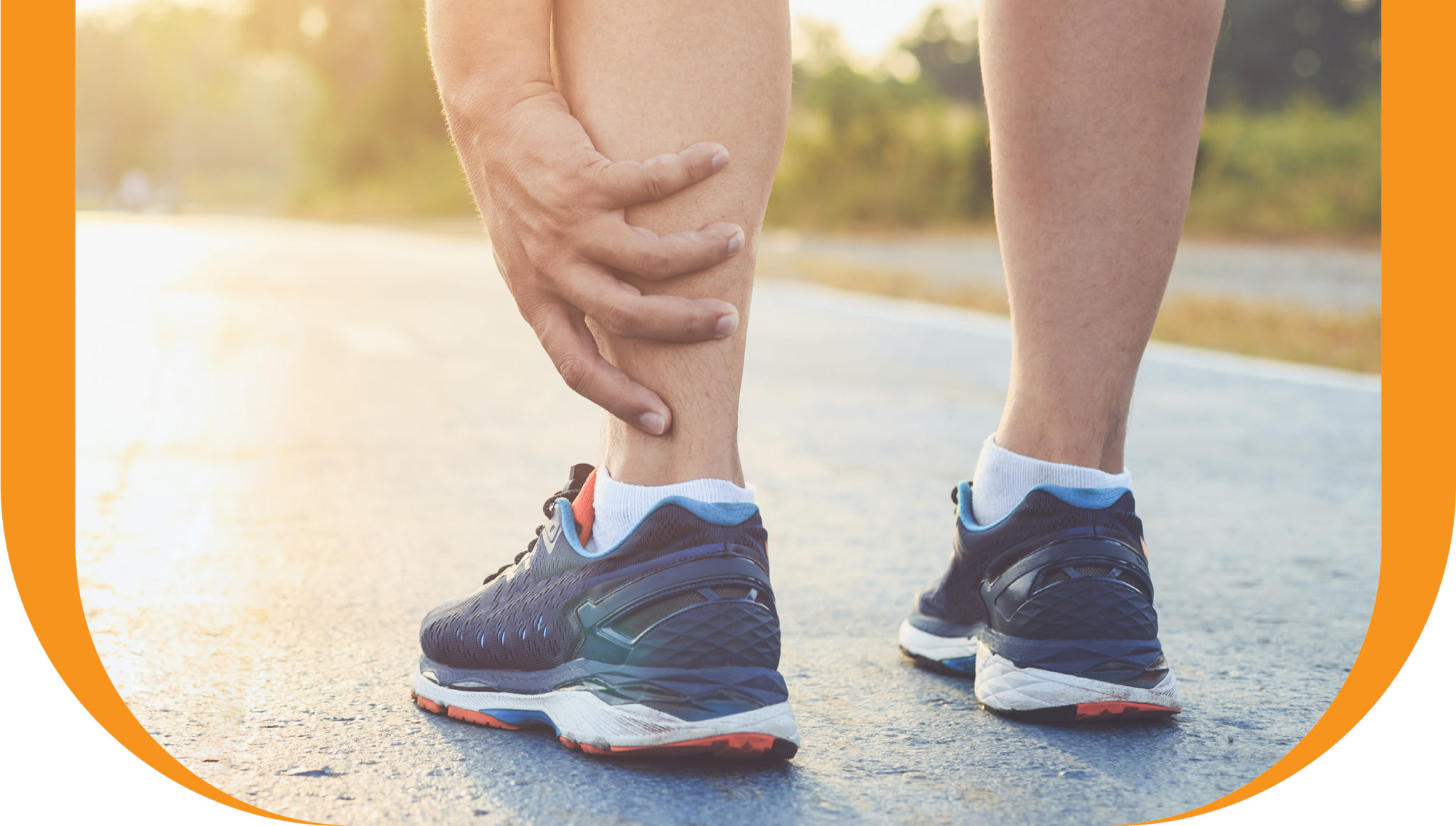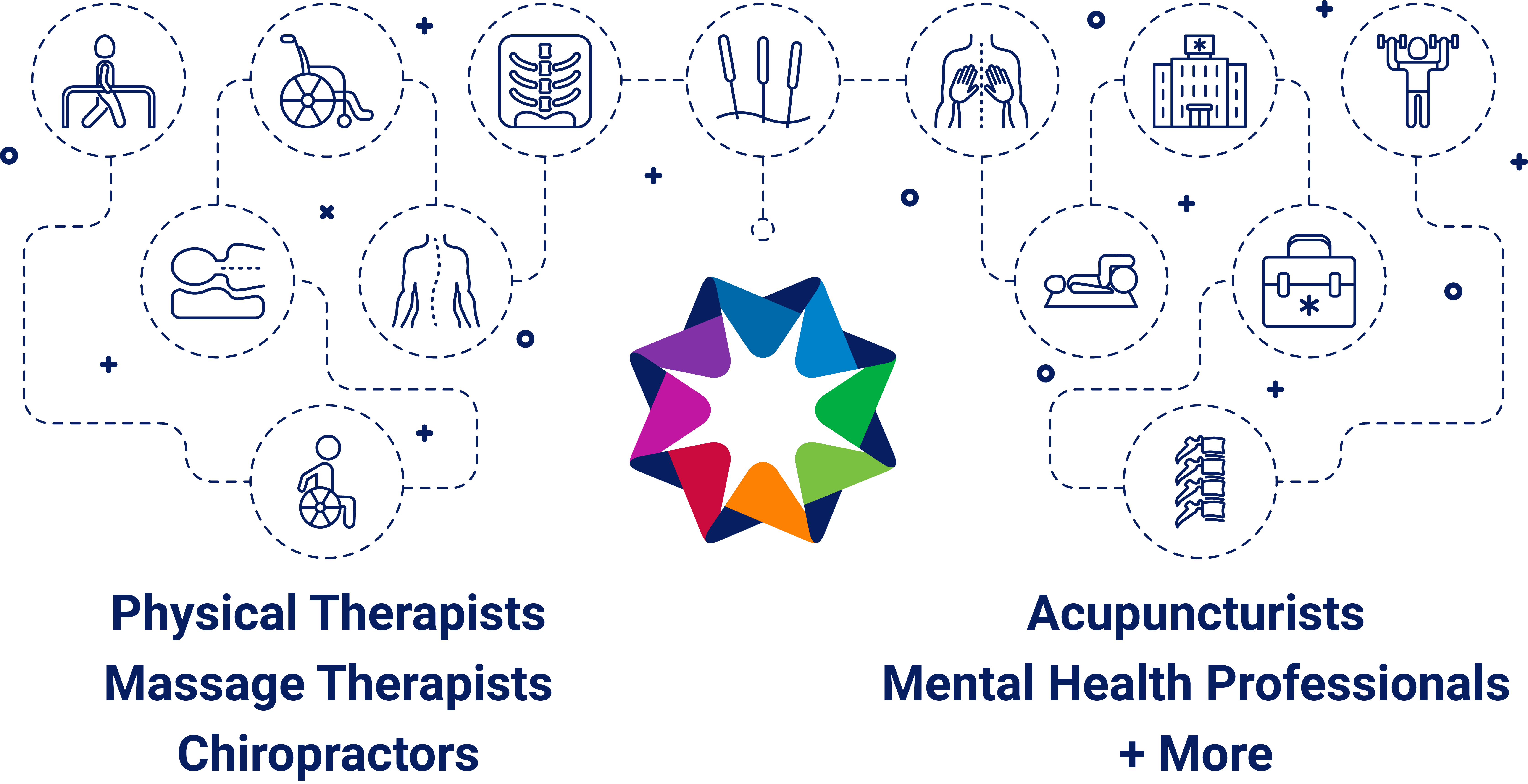Tendonitis & Tendonosis
Tendonitis and tendonosis, also spelled tendinitis and tendinosis, are two conditions impacting tendons—the pliable cords linking muscles to bones, facilitating movement. While these conditions share similarities and are occasionally confused, they differ fundamentally. Tendonitis denotes tendon inflammation, presenting as a short-term ailment with sudden onset and relatively rapid healing. Conversely, tendonosis refers to tendon damage and degeneration—a prolonged condition manifesting more gradually, proving more severe than tendonitis.
Causes of Tendonitis & Tendonosis:
Tendonitis often results from acute injuries, such as missteps during athletic activities causing excessive force on a tendon and resulting in microscopic tears leading to inflammation.
Tendonosis, on the other hand, is commonly associated with overuse or cumulative injuries. Persistent strain without adequate rest allows the tendon tissue to degrade, resulting in a hardened, thickened, and scarred appearance.
Several risk factors contribute to tendonosis development, including aging, certain diseases like rheumatoid arthritis and gout, and irregular physical activity, such as sporadic sports participation.
Signs and Symptoms of Tendonitis & Tendonosis:
Tendonitis and tendonosis exhibit similar symptoms, making differentiation challenging. However, a notable distinction is that tendonitis often induces redness and swelling, unlike tendonosis.
Common symptoms include:
- Tendon pain causing joint tenderness or stiffness
- Restricted range of motion
- Increased pain during joint movement
- A crackling sensation when articulating the joint
Both conditions can affect various body areas, with common locations including the outer elbow (“tennis elbow”), front of the knee (“jumper’s knee”), outer hip, Achilles tendon at the back of the heel, and the rotator cuff tendons in the shoulder.
Treatment for Tendonitis & Tendonosis:
Both conditions share similar treatments for relieving tendon pain:
- Rest
- Ice packs
- Physiotherapy
- Gentle stretching
- Gentle massage
Specifically, tendonitis may involve anti-inflammatory drugs, while tendonosis treatment may focus on collagen replenishment through nutritional means, incorporating substances like zinc, vitamin C, and manganese to aid collagen production.


Physiotherapy for Tendonitis & Tendonosis:
Physiotherapy serves as an effective treatment for both conditions, reducing healing time and preventing future injuries. At Activa Clinics, our physiotherapists tailor custom treatment plans based on thorough assessments, combining various therapies:
- Personalized exercise and stretching programs enhancing strength and range of motion
- Guidance and training on activity modification to overcome limitations and prevent injuries
- Custom orthotics
- Functional braces
- Massage therapy
- Additional pain-relieving treatments such as acupuncture, laser therapy, interferential current therapy (IFC), and transcutaneous electrical nerve stimulation (TENS).
Prevention of Tendonitis & Tendonosis:
- Adequate warm-up and stretching before and after exercise
- Use of supportive shoes
- Regular breaks during repetitive tasks
- Attention to posture
- Gradual commencement of new exercise routines or sports